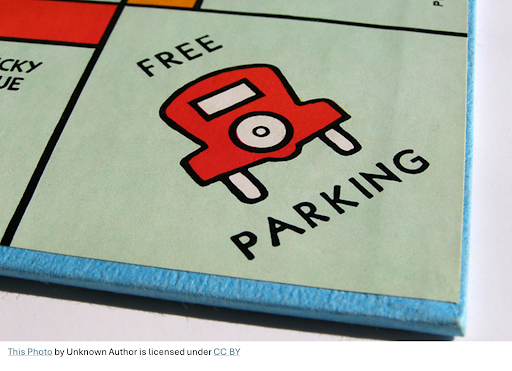The myth of zoo conservation and compassion has been crippled with the recent murder of an 18-month-old giraffe named Marius. This singular event has brought to light the contradiction and cruelty that is so inherent in zoos throughout the world. You do not have to look far to see that education and species preservation are more often than not a masquerade for a business based on animal exploitation. Marius’ death provides an opportunity to reflect on the concept of zoos themselves, our relationship with animals and the extensive hypocrisy that entails.
On Feb. 9, the Copenhagen Zoo murdered young Marius with a bolt pistol to the head. The public, including children, were then welcomed to watch him be skinned, dissected, dismembered and fed to lions. The rationale behind the choice to take Marius’ life was said to be based on his genetic uselessness and an excess of male giraffes at the zoo. The zoo’s scientific director, Bengst Holst, stated that Marius’ particular species of giraffe is not even endangered in the wild. If this was meant to reassure the public, it failed; it only solicits the question, “Why are those giraffes being kept in captivity?”
According to the National Geographic, a meager 13 percent of species housed in European zoos are globally threatened. Breeding programs may more often be a source of revenue than conservation, with baby animals used as crowd-drawing commodities.
Zoos are often thought of as the guardians of Earth’s most precious species — they are saviors and caretakers. However, captivity may not be caring. Instead it might be a disillusion of human generosity for those lesser beings incapable of surviving in “our” world. Perhaps we need to reflect on the most significant contributors to loss in biodiversity and the increase in endangered species.
Listed by the Rainforest Conservation Fund, humans are responsible for an increase in endangered species in five ways: human population growth, habitat destruction, pollution, agriculture and global warming. In the grand scheme of human destruction, Marius’ death is more a symbol than a significant act. This did not prevent immense outrage.
The manner in which he was murdered and his remains used and disposed of disturbed many people. It is indisputably unnerving, however, that few care to comment on the billions of animals that are murdered with bolt pistols, skinned, dissected, dismembered and fed to humans each year. Farm USA reports that over 10 billion farm animals are raised, slaughtered and eaten by people in the U.S. annually.
In less than 24 hours, 27,000 people signed a petition to save Marius and BBC News reported that at least two wildlife preserves offered to take him. Where is this motivated action and concern for those equally sentient creatures that end up on our plates?
Here are my suggestions for taking action for animals. First, avoid zoos. They cleverly disguise their animal exploitation with conservation and education. We should aim to preserve entire ecosystems instead of destroying habitats and relocating the animals’ zoos.
Second, sign the petition to help save the next “Marius.” Another giraffe, several years old, is intended to be killed by the Danish Jyllands Park Zoo. Even the president of the Chechen Republic, Ramzan Kadyrov, who has been accused of incredible cruelties has said, “On humanitarian grounds I am ready to take Marius. We can guarantee him good conditions and care for his health.”
Third, if you disagree with the murder of Marius, take a minute to consider your eating habits. What makes the cow that once lived and is on your plate that much different than Marius? Keep animals off your plate. If you want more information on going veg check out Peta2.com or PETA’s online Vegetarian Start Kit.











